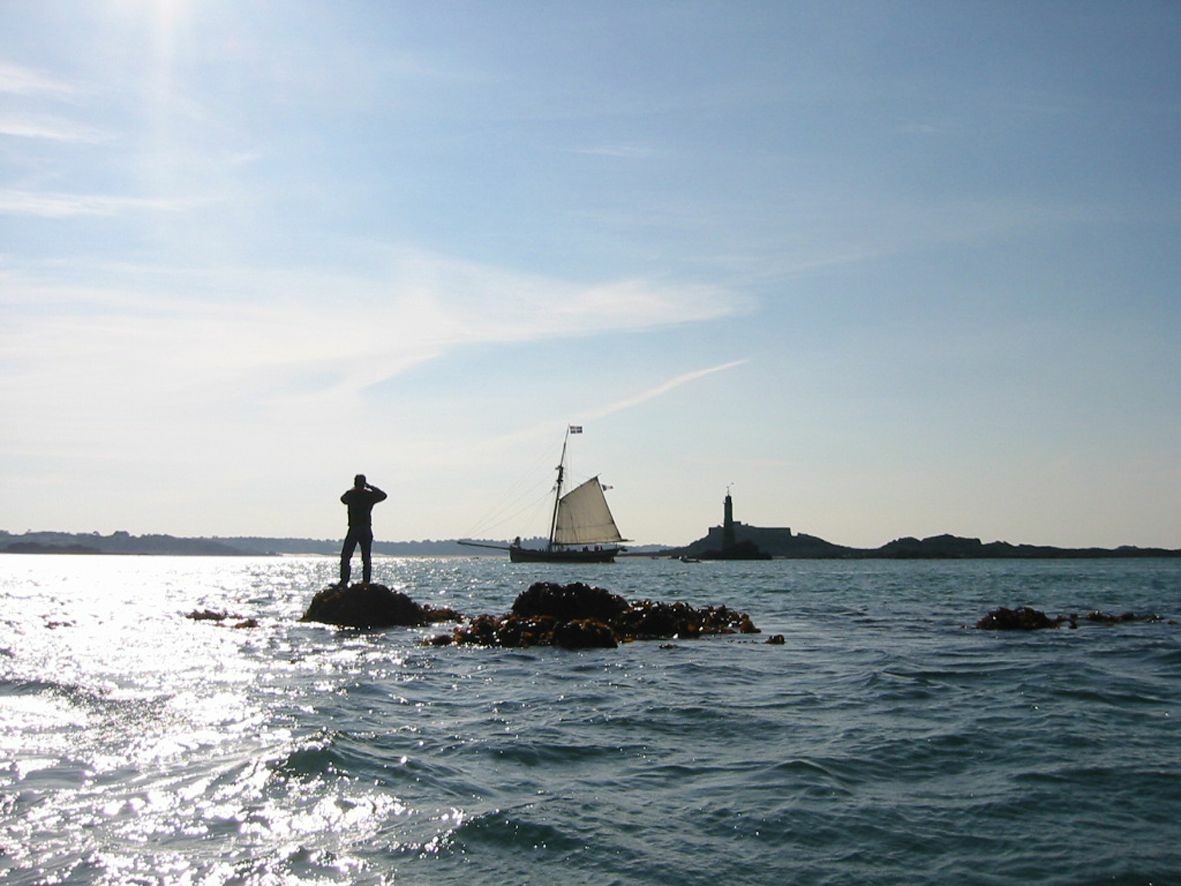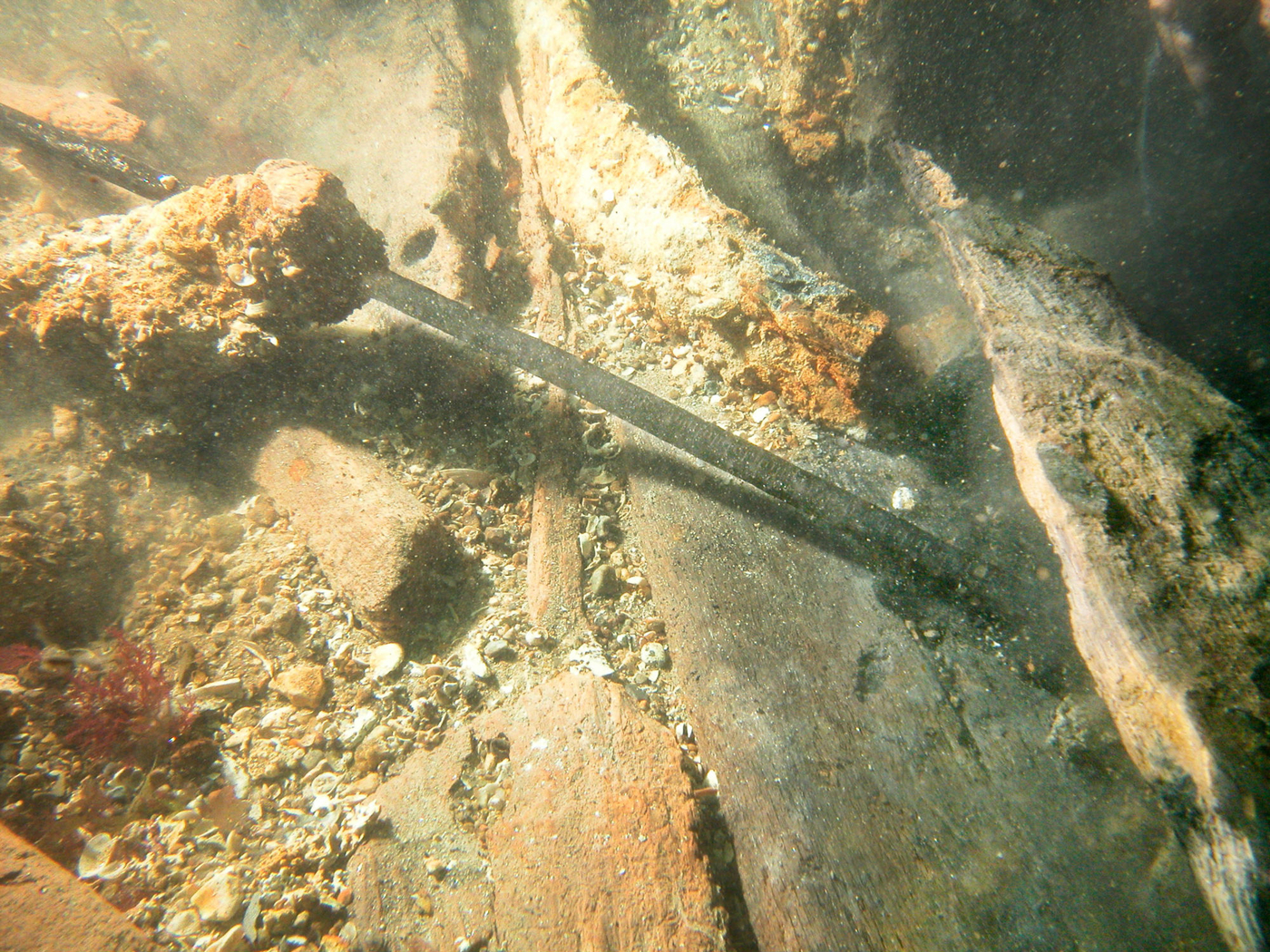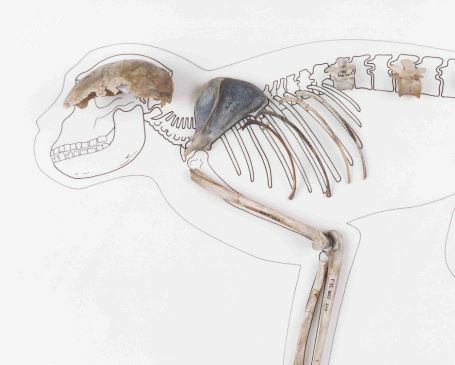The Saint-Malo shipwrecks
The discovery at the entrance to the port of Saint-Malo of the wrecks of two large privateer frigates that sank close to the reefs of La Natière shed light, after a decade of underwater archaeological investigation, on a forgotten chapter in the history of commerce raiding by 18th century privateers.

Presentation
Commanded by capitain Michel Dubocage, the oldest wreck, the Dauphine, is a large 300-ton frigate. Built in the royal arsenal at Le Havre in 1703 by the carpenter Cochois, it was escorting a captured English ship, the Dragon, when it sank, on 11 December 1704, at the entrance to Saint-Malo. The second wreck, identified as the 400-ton frigate L'Aimable Grenot, was built in Granville by the private shipowner, Léonor Couraye du Parc. Initially armed for commerce raiding, it was later converted into a merchant ship. Commanded by Hugon des Prey, it sank on 7 May 1749 as it was leaving Saint-Malo.
Identifying wrecks
Archaeologists patiently and meticulously studied the remains to build up a composite picture of the two ships, and then, by comparing their findings with parallel archaeological and archive research, they eventually identified the ships. This research has expanded our understanding of the 18th century maritime world and naval architecture, providing an insight into the daily lives of sailors, national and international trading routes, and the careers of a handful of great captains and shipbuilders.
Artefacts
Some unique and rare artefacts were recovered from the wrecks: a fragment of backstaff and a cross-staff ‒ two navigation instruments; a surprising “gunner’s rule", used to determine the calibre of a gun barrel and their use; a pipe still stored in its pistol-shaped holder; a miniature wooden boat made from a barrel stave, along with apothecary instruments, the skeleton of a young Barbary macaque, a souvenir from a stay in a distant port or barter between sailors, and pottery with unusual decorations.
Learn more
Explore the site dedicated to underwater archaeology.








